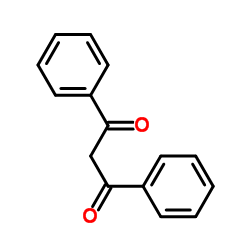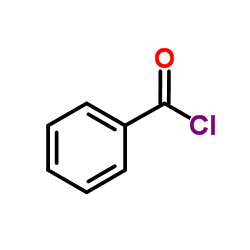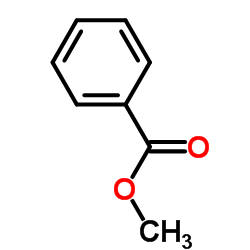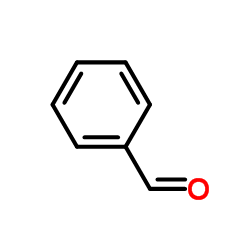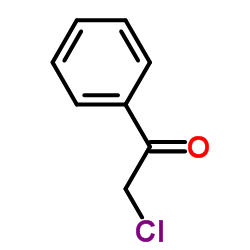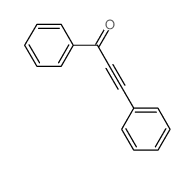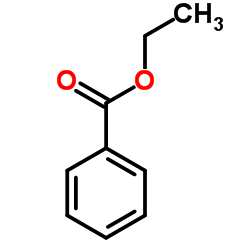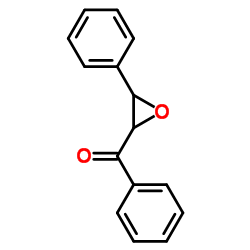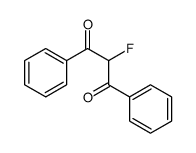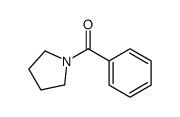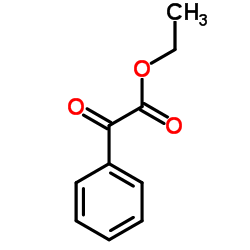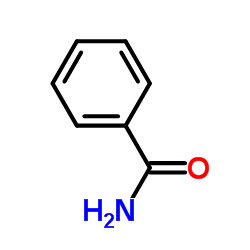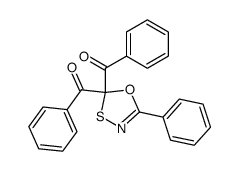| Description |
Dibenzoylmethane, a minor ingredient in licorice, activates Nrf2 and prevents various cancers and oxidative damage. Dibenzoylmethane, an analog of curcumin, results in dissociation from Keap1 and nuclear translocation of Nrf2[1].
|
| Related Catalog |
|
| In Vitro |
Dibenzoylmethane (10, 20, 30, 40, 50 μM; 6 hours) treatment concentration-dependently increases the mRNA level of HO-1 but has no effect on the mRNA level of Nrf2 in HepG2 cells. Dibenzoylmethane induces HO-1 and Nrf2 protein expression, and the induction diminishes after 12 h[1]. Dibenzoylmethane (10, 20, 30, 40, 50 μM; 2 hours) concentration-dependently increases the phosphorylated protein levels of Erk1/2, p38MAPK, JNK, AMPK, and Akt in HepG2 cells.Dibenzoylmethane does not show significant cytotoxicity[1].
|
| In Vivo |
Dibenzoylmethane (200, 500 mg/kg/day; ip; for three consecutive days) pretreatment significantly reduces both the area and the severity of necrosis, as well as the leukocyte infiltration, at a dose of 200 mg/kg in wild-type and Nrf2 knockout mice[1]. Dibenzoylmethane protectes against CCl4-induced (1:49,v/v, 10 ml/kg) liver damage in wild-type mice[1].
|
| References |
[1]. Mingnan Cao, et al. Dibenzoylmethane Protects Against CCl4-Induced Acute Liver Injury by Activating Nrf2 via JNK, AMPK, and Calcium Signaling. AAPS J. 2017 Nov;19(6):1703-1714.
|


